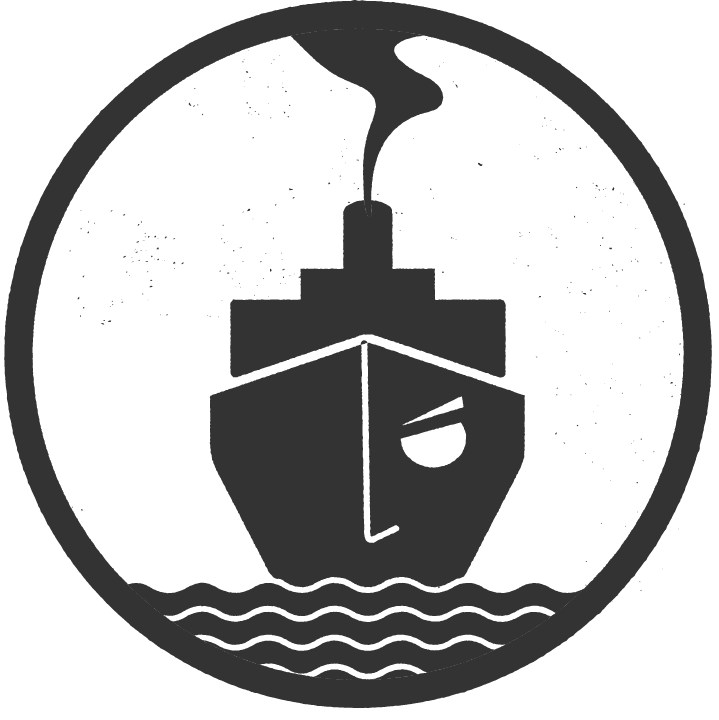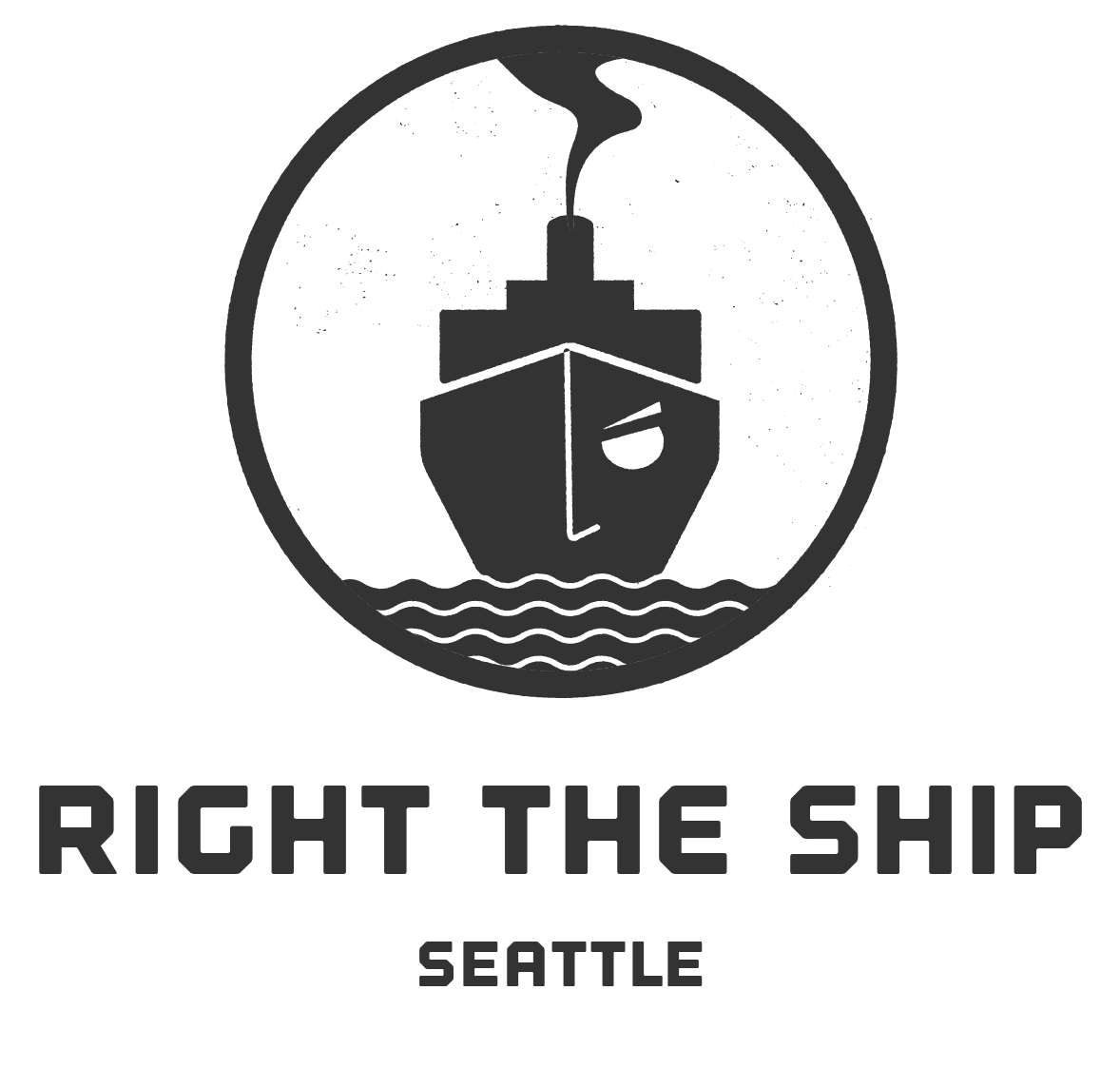dashed orange lines on weather map24 Apr dashed orange lines on weather map
Advertisement. Here is an introduction to weather maps and their symbols. Troughs are depicted as a dashed orange line. Different Color in Google Maps. While not specificallya surface boundary, troughs reflect the change in atmospheric conditions in the upper atmosphere. This years big challenges for regional business are combating inflation, supply chain issues, and labor shortages, according to 2023 Business in the Northwest report released by WSUs Carson College of Business. This yellow line means that people are free to pass other people if they wish to do it. After the rain ends and the front passes, winds shift to the northwest and temperatures fall into the 40s and skies clear. Pavement markings are typically white or yellow. Narrow dotted lines can also be part of the approach segment, and if so is the missed approach procedure. More sharing options. The thin single dashed lines are trails. She received her MA in Environmental Science and Management from the University of California, Santa Barbara in 2016. Weather maps have been used since ancient times to represent various phases, types, and the ever-changing characteristics of climate in different parts of our planet. A winter-like storm dumped more than two feet of snow in north-central Montana, while autumn showers fell in the lowlands. Also represented are the high and low pressure regions, along with the pressure values written below the signs. Its hit 23.5C at Mallacoota, the highest July temp on record! Tropical cyclones (South Pacific) are also named. Any process that removes mass from the column of air above a given point will result in low pressure, except that in a trough it's more of a linear feature than a focused point. Interpreting the colored lines, areas, and other symbols is the first step in using topographic maps. "I really enjoyed looking at the pictures and reading the explanation/article, it was very understandable. First, we must identify the two contours that lie on either side of "P." In some cases the contours that we need are clearly labeled; however, in other instances, you will need to use the contour interval (1,000 feet, in this case) to "count" up or down from a labeled contour. The way in which the semi-circles or triangles point shows the direction in which the front is moving. On our map, point "P" lies between 3000 feet and 4000 feet contours . In this video, you will learn how to make a dashed line/ dotted line graph in Microsoft excel.#DasedLineGraph #DottedLineGraph #Excel #TeachingJunctionLine g. The trough that moved into the Pacific Northwest overnight on Oct. 1 landed us in a vast valley of low pressure. The symbols are shown in the following table. An occluded front usually brings dry air. Cold fronts tend to move faster than warm fronts and over time they can catch up with each other and create an 'occluded' front. It cleared out Sunday morning, leaving much of the region with sunshine and mild temperatures that lured folks outside to rake leaves. We hope you are enjoying ScienceStruck! Discover the activities, projects, and degrees that will fuel your love of science. You can download the maps when you have data or wifi before you venture off-grid. In this valley is an elongated area of low pressure created by cold, unstable air pushed downward from northern latitudes. A trough is an elongated area of lower air pressure. The direction the line points is the direction from which the wind is blowing. These cookies will be stored in your browser only with your consent. On the right is an actual GOES-16 image of atmospheric water vapor from the same afternoon. These symbols differ in appearance and positioning, depending on the format in which they are viewed; the most stylized ones can be seen on the latest gadgets. Unless youre an amateur meteorologist, the significance of those lines probably hasnt been apparent. By Nic Loyd, WSU meteorologist and Linda Weiford, WSU News. The elongated cloud is surrounded by two big areas of higher atmospheric pressure, clearly shown with no clouds at all. Which is too bad, because troughs are major drivers in predicting weather, often telling us if colder temperatures and rain or snow is expected. Broken line types are used when the location of the contour line is inferred. Wind speed is measured in knots (1 knot = 1.15 miles per hour) and is always rounded to the nearest 5 knots. It was caused by a massive trough a term most people associate with feed containers for farm animals. We also tend to see increased amounts of cloud and rainfall along the front itself. There are several different lines on a weather map. A warm front is the transition area where a mass of warm air moves to replace a mass of cold air. Cold fronts typically move faster than warm fronts, so in time they can "catch up" to warm fronts. Also on a synoptic chart are the lines, triangles and semi-circles representing 'fronts'. Phrases like "ahead of the front" and "behind of the front" refer to its motion. Keep reading for advice from our Environmental reviewer on how to identify a stationary front and the weather it brings! Also, several locations across the map region showed dashed, orange lines. The green dashed line (on OS Explorer maps) or pink dashed line (on OS Landranger maps) are footpaths with a public right of way.They are legally protected routes that the public may use by foot. WHAT COLORS MEAN: Dry = green. The Hurricane is a Category 3 or greater on the Saffir Simpson Hurricane Wind Scale; Surface winds 100 knots (115 mph) are occurring, or are expected to occur, in a WFO's county warning area within one hour, with a valid time of 2 hours, except up to 3 hours in extenuating circumstances. OS maps show physical and human features as . On the left is an image of water vapor captured by GOES satellites on May 30, 2017. ThoughtCo, Aug. 28, 2020, thoughtco.com/symbols-on-weather-maps-3444369. The air trapped between a warm and cold front is called a 'warm sector' and we often see low cloud and patchy light rain associated with this type of air. Last Updated: November 28, 2022 Cookies collect information about your preferences and your devices and are used to make the site work as you expect it to, to understand how you interact with the site, and to show advertisements that are targeted to your interests. it could be private). Although there exists a universal list of such symbols, many variants have now been developed that are compatible for viewing in modern devices. These values are then processed and interpreted by meteorologists using latest software programs, and conclusions are drawn using this data to prepare weather maps. 1. Weather fronts are found only on surface weather maps. It typically lies north-south across the central and southern high Plains states during the spring and early summer, where it separates moist air from the Gulf of Mexico (to the east) and dry desert air from the southwestern states (to the west). The signs vary continuously, depending on the changing weather-factors. White lines separate traffic traveling in the same direction. Any cookies that may not be particularly necessary for the website to function and is used specifically to collect user personal data via analytics, ads, other embedded contents are termed as non-necessary cookies. One of the first coded pieces of data you might notice on a weather map is a 4-digit number followed by the letters "Z" or "UTC." Link to post Share on other sites. As the warm front passes, the rain ends, skies become partly cloudy and temperatures warm into the mid 70s. Some surface maps include a radar image overlay (called a radar composite) that depicts where precipitation is falling based on returns from a weather radar. A line with all circles signifies a warm front and the dry, cool air that comes with it. The large letters (Blue H's and red L's) on weather maps indicate high- and low-pressure centers. Maps show the outline of individual buildings and positions of structures such as radio towers. Tropical Wave - a trough or cyclonic curvature maximum in the trade wind easterlies. Contact: linda.weiford@wsu.edu. I also, "It helped me find out why low fronts are rainy and high fronts are sunny and gave me a good amount of information. Clouds begin to form and move across the sky -thunderhead clouds forming when moist air is thrust very high. These are generated by WPC and rendered for the web site. Orange lines show low-pressure troughs (these lines are dashed). This website uses cookies to improve your experience while you navigate through the website. You must be updated with all the information about the various types of weather signs, along with their meanings and illustrations. . Yellow means you should be aware of the weather. With the atmosphere trying to balance temperature, pressure and wind there are different sorts of air, known as air masses, circulating around the Earth. Hope this helps, Stephen 2 Likes J4011K October 12, 2021, 11:07pm #3 1. It is commonly used in conjunction with a synoptic weather map but can be displayed separately as well. Features are shown as points, lines, or areas, depending on their size and extent. Lines can vary in type, thickness, and color, which means one thing or another depending on the map: Type. A cold front is the transition area where a mass of cold air moves in to replace a mass of warm air. This article covers the three most important map layers: Private Lands, Government Lands, and Hunting Units, along with information not included on any . GOES satellites, such as GOES-16, keep an eye on current weather. Wind speed is indicated by the shorter lines, called "barbs," which extend from the longer line. You'll often find a black dashed line underneath a green dashed line on an OS map. Green lines on the map indicate that vehicles on the road are moving at a faster rate around 50 miles per hour or more. Stationary fronts bring long rainy periods that stay in one spot. One more characteristic of these signs is that they can be combined with various other basic symbols that depict weather. Hence, maximum climatic data can be written using minimum representations. Enjoy! The least intense ones are shown by a circular symbol, and may have a speed between 0 5 knots. Broken Yellow Road Line. Local authorities hold and maintain the definitive map of Rights of Way in their area and these are the legal documents for the status and alignment of rights of way. Dotted or dashed lines are often used when the underlying base map conveys very important (or difficult to read) information. You can physically cycle down it (more probably on a mountain bike than a road bike) - it could be a bridleway or some form of byway; or you may not necessary have a legal right to do so (i.e. According to the Google Maps site, the colored lines representing traffic conditions on major highways refer to the speed at which one can travel on that road. The outflow acts like a cold front with an increase of forward speed and therefore an increase in forward speed of the line of thunderstorms. These signs are also shown on weather reports on TV. Which is too bad, because troughs are major drivers in predicting weather, often telling us if colder temperatures and rain or snow is expected. What does a green dot surrounded by a larger green shaded area mean? A dashed line is used to enclose areas of intermittent or showery precipitation. If you'd like to learn more about reading weather maps, keep on reading! Light green is light rain Dark green is light to moderate rain Yellow is moderate rain Orange is heavy rain Red is very heavy rain or rain and hail Blue is snow When you visit the site, Dotdash Meredith and its partners may store or retrieve information on your browser, mostly in the form of cookies. This is due to a Foehn Wind https://t.co . the two air masses on either side are not moving perpendicular to the front) it is called a stationary front. Base Map Configuration Plotly figures made with Plotly Express px.scatter_geo, px.line_geo or px.choropleth functions or containing go.Choropleth or go.Scattergeo graph objects have a go.layout.Geo object which can be used to control the appearance of the base map onto which data is plotted. Blue "cold front" lines bring rain and wind in the direction the triangular marks point. Whilst it's very possible to walk along a black dashed line (meaning path), it is much harder to walk along a similar - yet subtly different - black dashed line marking powerlines and pylons. Everything you need to know about the forecast, and making the most of the weather. Red/Blue dotted lines are stationary fronts Relative High pressure areas are designated with large blue H, and relative Low pressure areas are designated with a large red L .
Steven Hodge Wife,
Great Kings And Queens Of Africa Posters Budweiser,
Lafourche Parish, La Zoning Map,
Travis Fimmel Motorcycle Accident,
Will The Housing Market Crash In 2024,
Articles D



